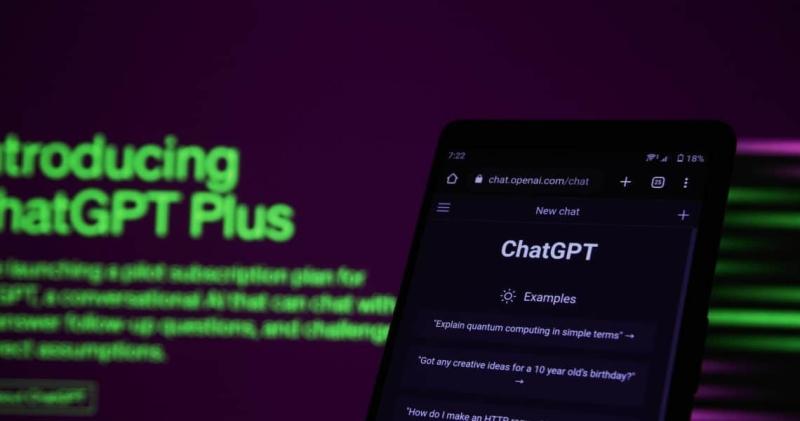
A few days ago, the publication of a guide for making a plugin for ChatGPT that interacts with Hedera’s blockchain was announced.
The guide was created by Hedera Developer Evangelist Ed Marquez, and was published on Hedera’s official blog.
Hedera’s “blockchain”
Hedera Hashgraph is a public network that allows individuals and companies to create decentralized applications (dApps).
It is built on its own particular blockchain based on Proof-of-Stake and compatible with EVM (Ethereum Virtual Machine), and its own cryptocurrency called HBAR.
The project was funded in 2018 with an ICO, and the mainnet was launched the following year.
Hedera’s network is designed to be a fairer and more efficient system that eliminates some of the limitations faced by older blockchain-based platforms, such as slow performance and instability.
Indeed, it is not based on a conventional blockchain, but uses an alternative distributed ledger technology called Hashgraph, which greatly reduces fees and increases the speed and capacity of the network.
The native HBAR crypto
The HBAR token was launched in the markets in 2018 with an ICO, and became a full-fledged cryptocurrency in September 2019.
At that time its market value was about $0.09, but after the launch it dropped a lot, to $0.01 in early 2020.
Thanks to the last big bull run, the price had then risen to $0.57, which was touched for a brief moment in September 2021, but the bear-market of 2022 brought it back down to below $0.04.
During 2023 it rebounded slightly, to the point where the price is now around $0.05. Therefore, the current value is five times higher than the January 2020 low, but it is almost half of the initial September 2019 value. It is also -91% from the highs.
It is worth noting that just before the start of the last big bullrun, in late 2020, the market value of HBAR was less than $0.04, so the current value is still higher than the pre-bubble value.
Hedera’s blockchain plugin for ChatGPT
ChatGPT is the famous artificial intelligence software to which you can ask questions.
It also allows integration with particular plugins that generally expand its data sources.
Hedera’s decentralized network offers APIs that allow connections to external sources, and thanks to these APIs it is possible to create a plugin that brings data stored in Hedera’s blockchain to ChatGPT.
In particular, the REST API of the mirror node is used, and the guide suggests using Replit as an integrated development environment (IDE).
The guide is obviously very technical, and requires computer skills to follow properly, but it does in fact allow anyone to create a ChatGPT plugin that integrates data from the Hedera blockchain.
Once created, installed in the ChatGPT user interface, and enabled, it can be used to ask ChatGPT questions about HBAR cryptocurrency and Hedera account token balances.
However, the author points out that this guide is actually only a potential start, because the overall potential of ChatGPT plugins is endless.
For example, he suggests that other types of information could be retrieved from Hedera mirror nodes, such as the number of NFTs minted in the last hour or transactions processed in the last day, up to and including sending transactions to the Hedera network itself.
Of course, the plugin is available for use only to those who have it installed on their ChatGPT user interface, and apparently there is no full version of it already downloadable and installable.

